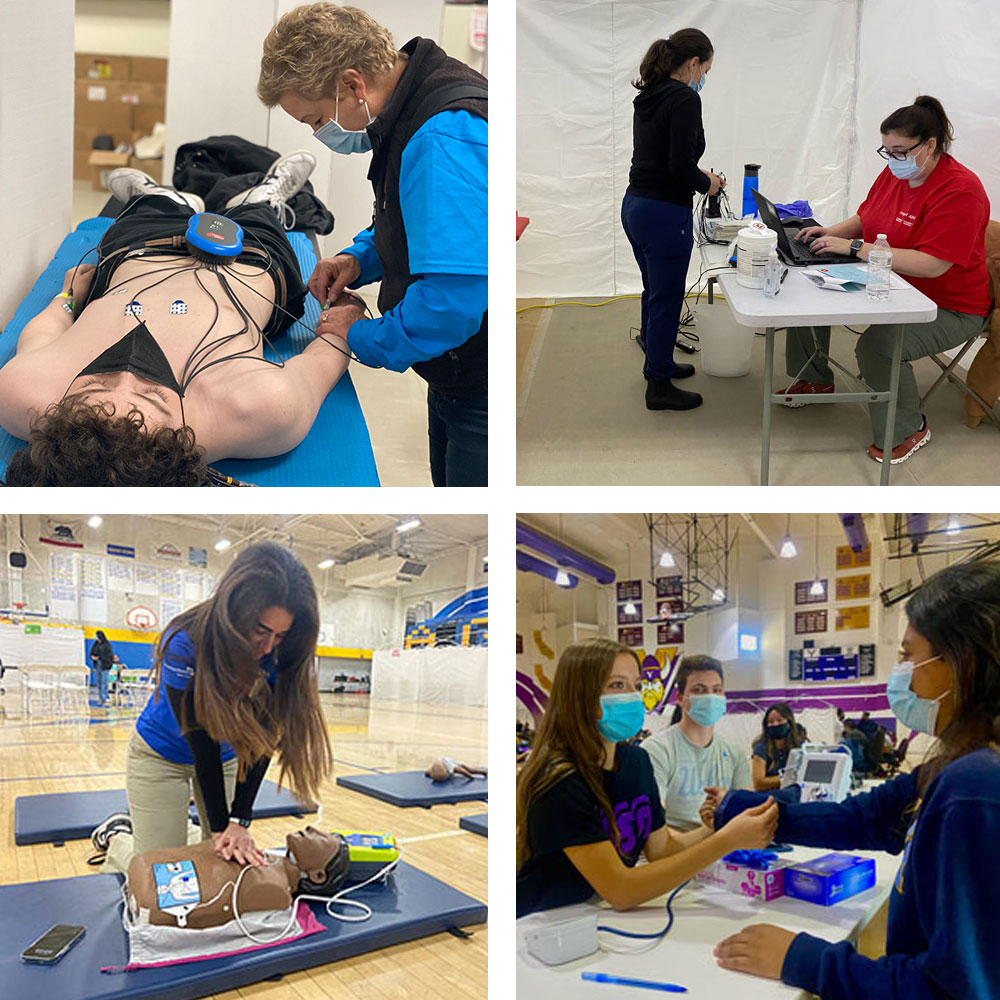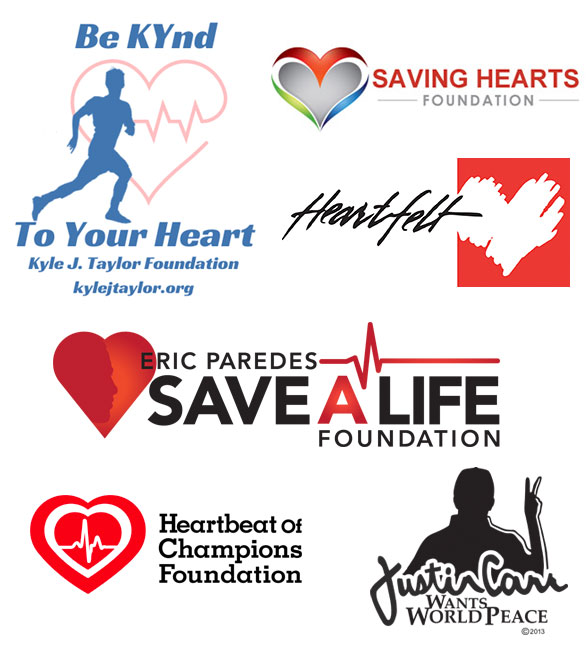Sudden cardiac arrest is a leading cause of death in the U.S. but what most don’t realize is that it is also a leading cause of death among youth. Data cites between 7,000 and 23,000 youth are stricken annually. The American College of Cardiology states that two in 50 high schools alone can expect a sudden cardiac arrest event each year. That’s what makes it a leading cause of death on school campuses and the number one killer of student athletes. The survival rate for SCA is less than 10%, where it has stagnated for three decades. And disparities exist among various student populations.
Sudden cardiac arrest is caused by a heart abnormality youth are born with or develops as they grow. Typical well-child checks and pre-participation examinations for sports (PPEs) don’t include a comprehensive cardiac risk assessment that can identify these conditions. While sudden cardiac arrest doesn’t discriminate amongst its victims, disparities in health equity does not afford all youth the same standard of care.
California screening foundations have formed a coalition to engage schools in an initiative to provide preventative heart screening to our state’s youth. The California Department of Education supports this initiative and encourages LEAs to prioritize sudden cardiac arrest prevention by allocating local control funding for these school-based heath events.
According to the CDC’s WSCC Model, (Whole School, Whole Community, Whole Child)—the framework for addressing health in schools—education, public health and school health sectors must have greater alignment and collaboration, in the areas of health education, health services, community involvement and family engagement, and above all, engaging students as active participants in their learning and health—which could dramatically affect their future well-being.
For example, studies show a witnessed sudden cardiac arrest adult or child victim who is Black or Hispanic or is in a Black or Hispanic neighborhood is less likely to receive bystander CPR.
With diminishing health curriculum in schools, screenings help schools fulfill a critical role in promoting the health and safety of young people and establishing lifelong behavior that will impact their future workplaces, families and communities.
LEAs or schools interested in heart screening youth in grades five through 12 are invited to complete the form to be contacted by a foundation representative.

Learn More About Youth Heart Screening
Screening FAQ
The 411 on how screenings work.
ECG Fact Sheet
Evidence-based data on ECG efficacy.
